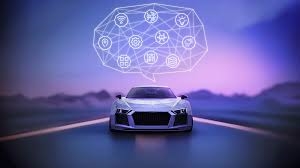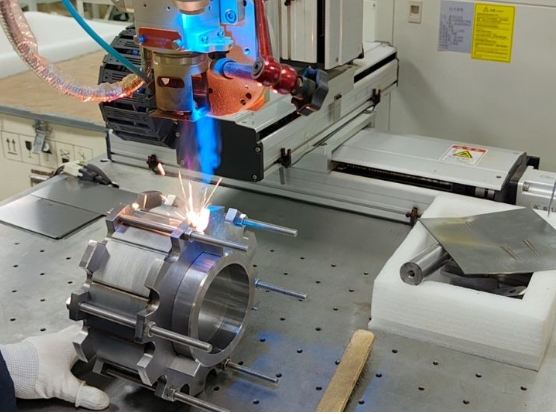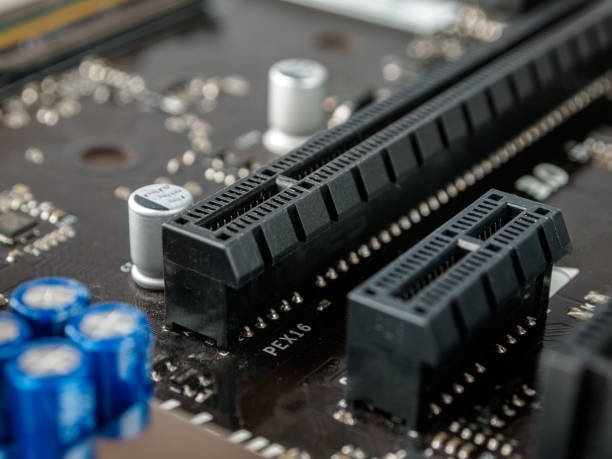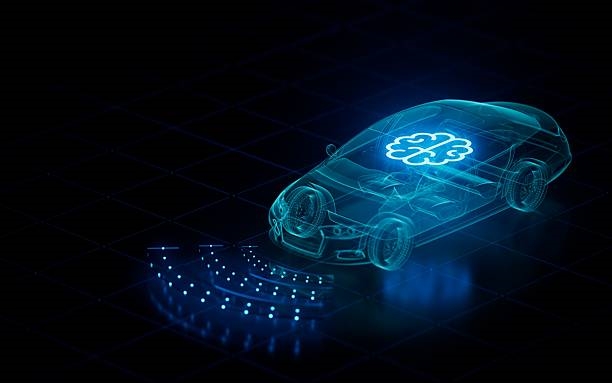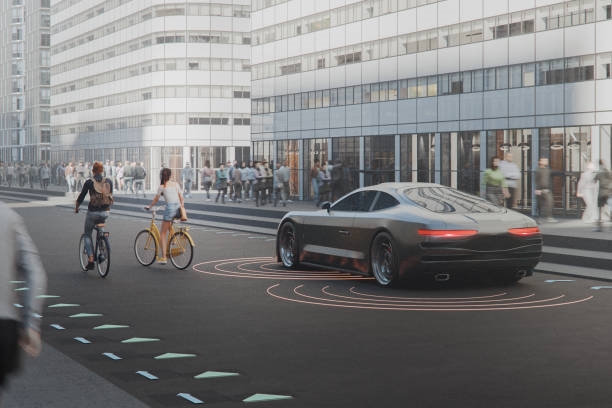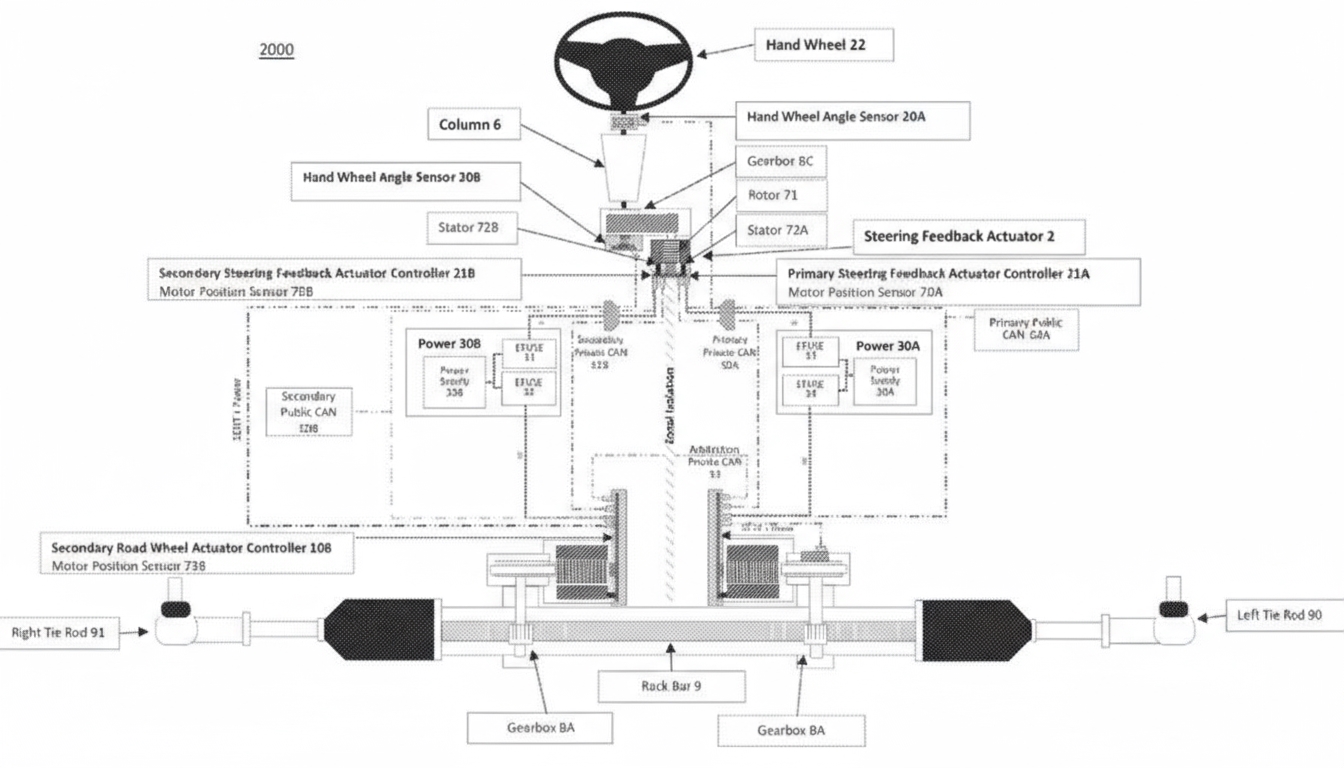Abstract
Chassis control technology manages and regulates a vehicle's chassis systems to improve performance, safety, and comfort. This article analyzes the current status of chassis control technologies and examines development trends. It introduces core concepts, classifications, and historical milestones, reviews mainstream chassis systems including suspension, braking, steering, and vehicle stability control, and summarizes current challenges and future directions with research recommendations.
Introduction
Chassis control technology refers to techniques for controlling and managing a vehicle's chassis systems to enhance performance, safety, and comfort. As user expectations for vehicles rise, chassis control has become an important area in automotive development. This article examines the current status and future trends to provide a reference for research and application.
Concepts, Classification, and History
Concepts and Classification
Chassis control technology is part of the overall vehicle control architecture. By regulating the motion states of chassis components, it enables stable vehicle operation across different road conditions and provides adjustments during driving, such as suspension tuning, brake force control, and steering modulation.
From a technical perspective, chassis control can be grouped into:
- Suspension control systems
- Brake control systems
- Steering control systems
- Vehicle stability control systems
Historical Development
Chassis control traces back to the 1960s when mechanical linkages dominated and control relied primarily on manual driver inputs. In the early 1970s, electronic components began to appear in vehicles. Early electronic chassis controls used sensors to monitor vehicle motion and simple electronic control units to actuate brakes, which improved safety and stability but had limitations in sensing speed and control precision.
From the mid-1980s, advances in computing enabled significant progress. Electronic control units gained processing power to monitor vehicle dynamics more precisely and execute finer control strategies. This period saw the emergence of electronic stability control and active suspension systems, leading to notable gains in vehicle performance and safety.
More recently, developments in artificial intelligence and the Internet of Things have further advanced chassis control. AI techniques improve prediction and control of vehicle motion, while connectivity enables interaction between vehicles and infrastructure. The rise of electrified powertrains has introduced new chassis control requirements related to electric motor and energy management.
Current State of Chassis Control Technologies
Suspension Systems
Suspension is central to comfort and vehicle stability. Common architectures include independent and non-independent suspensions. Independent suspension equips each wheel with its own suspension, improving adaptability to road surfaces and enhancing comfort and stability. Non-independent suspension shares components between wheels and is generally lower cost but provides less refined ride and handling.
Higher-end vehicles now employ advanced systems such as air suspension that automatically adjust ride height to adapt to road irregularities, improving both stability and comfort. An example is Mercedes?Benz's air suspension systems used to adapt vehicle height and absorb road impacts.
Brake Systems
Braking is critical to safety. Traditional hydraulic braking uses fluid pressure to actuate brake mechanisms. Electronic brake control systems employ electronic control units to modulate brake pressure more precisely. Common electronic braking technologies include anti-lock braking systems (ABS), electronic brakeforce distribution (EBD), and brake assist (BA).
Steering Systems
Steering affects vehicle handling and safety. Traditional mechanical steering relies on purely mechanical linkages, which are simple and cost-effective. Electronic steering systems use actuators and control units for enhanced precision. Common electronic steering technologies include electric power steering (EPS) and active steering systems (STS).
EPS assists steering torque with an electric motor, reducing driver effort while offering fast response, energy efficiency, and reliable behavior. Active steering systems combine sensors and control units to adjust steering angle and effort dynamically based on vehicle state, improving stability and handling.
Development Trends
Chassis control development is moving toward greater intelligence, electrification, lightweighting, and higher reliability.
Intelligent Control
Integration of AI and connected technologies is driving intelligent chassis control. Driver assistance systems use lidar, cameras, and ultrasonic sensors to perceive the environment and automatically adjust speed, steering, and braking. Intelligent chassis control units coordinate steering, braking, suspension, and powertrain functions for precise vehicle behavior.
Electrification
Electrified vehicles are becoming mainstream, and their chassis control systems increasingly incorporate motor control, battery management, and charging interfaces. Motor control enables functions such as regenerative braking and torque-vectoring, while battery management monitors state of charge, voltage, and temperature to ensure safety and longevity.
Lightweighting
Reducing vehicle mass is a major direction. Lightweight strategies include using high-strength steel, aluminum, and carbon fiber, optimizing structures for stiffness and mass, and simplifying or integrating components to reduce part count and weight. These measures improve efficiency and reduce emissions.
Reliability
Reliability is essential for safety and longevity. Measures to improve reliability include stricter component quality control, rigorous design and testing for diverse operating conditions, and adoption of higher-grade materials and manufacturing processes to ensure stable performance under various road conditions.
Research Recommendations and Future Outlook
Strengthen Research and Application
To advance chassis control, foundational research and applied testing should be pursued. This includes materials research, new control algorithms, and vehicle-level validation with data analysis. Combining chassis control with intelligent systems such as AI and IoT will enable more precise control strategies.
Explore New Technologies
Continuous exploration of new chassis control approaches is necessary to meet evolving market demands. While many technologies are already established, ongoing research can address emerging requirements for performance, safety, and user experience.
Promote Cross-Technology Integration
Chassis control should be integrated with other vehicle technologies. Examples include vehicle-to-infrastructure and vehicle-to-vehicle communication for remote monitoring and coordinated control, and integration with autonomous driving functions for more comprehensive automated chassis behavior.
Outlook
Future chassis control is expected to emphasize: 1) Intelligent control systems for more precise and efficient operation; 2) Electrification to adapt to electric powertrains; 3) Lightweight designs to improve efficiency and reduce emissions; 4) Enhanced reliability to lower failure rates and improve safety; 5) Automation to support functions such as automated driving and parking; 6) Connectivity to enable information exchange among vehicles and infrastructure; 7) Diversification to meet the needs of different vehicle classes such as SUVs and MPVs.
Conclusion
Chassis control technology plays a critical role in vehicle evolution. From mechanical steering to modern electronic systems, and from conventional brakes to intelligent ABS and ESP implementations, the field has advanced significantly. Future development will continue toward intelligent control, electrification, lightweighting, and improved reliability. Ongoing research, technological integration, and application testing will drive further progress in chassis control and support the automotive industry's transformation.
 ALLPCB
ALLPCB


